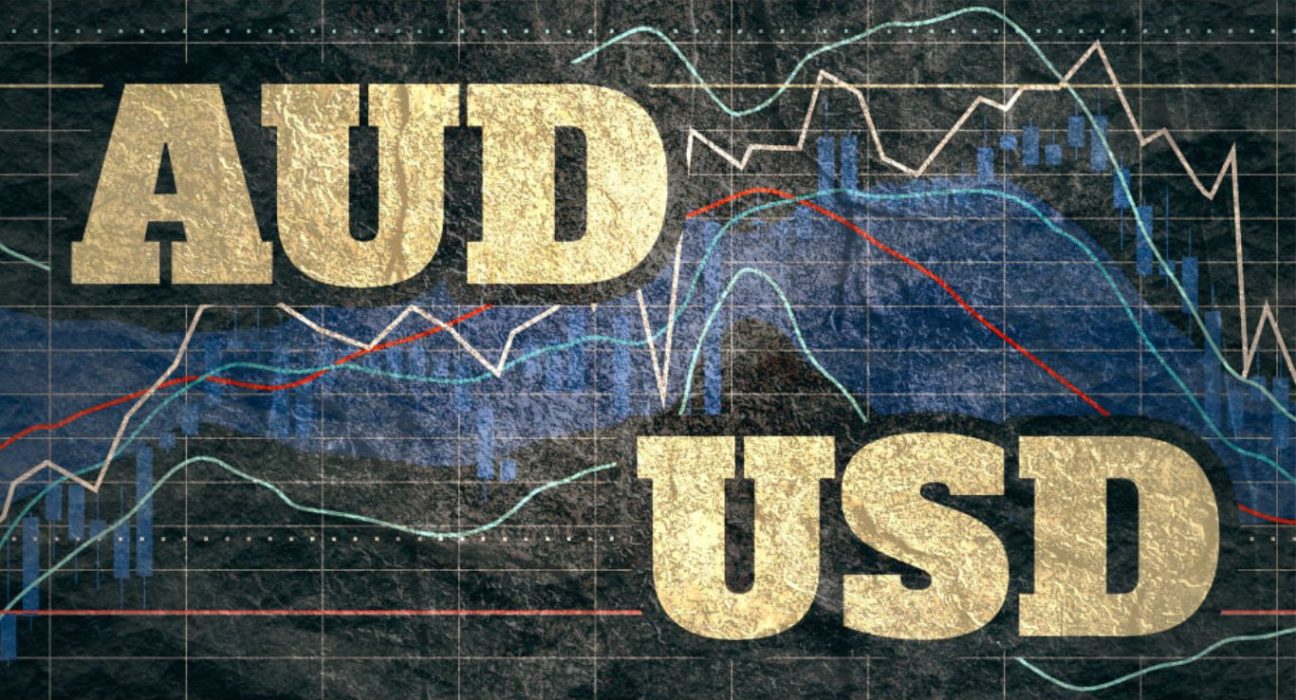The recent surge in the AUD can be attributed to several factors. First and foremost, improved market sentiment has played a crucial role. Global risk appetite has increased as concerns over inflation and interest rate hikes have eased. This has led to a shift in investors’ preference for riskier assets, such as the AUD, contributing to its upward momentum.
Additionally, positive economic data from Australia has supported the AUD’s recovery. Strong employment figures, robust business confidence, and improving consumer sentiment have all added to the positive sentiment surrounding the Australian economy. This data has further reinforced the notion that the country’s recovery from the pandemic is gaining traction, boosting the AUD’s appeal.
Technical Analysis: Daily Order Block
From a technical standpoint, the AUD’s price movement is approaching a daily order block. An order block represents a significant area of supply or demand where price has previously stalled or reversed. In this case, it indicates a potential area of resistance. Traders and investors will closely monitor how the AUD behaves around this level, as it could provide valuable insights into the currency’s future direction.
Market Sentiment and Risk Appetite
In addition to technical factors, market sentiment and risk appetite continue to influence the AUD’s trajectory. The improved risk appetite among investors has been driven by several factors, including the easing of inflation concerns and the dovish stance of central banks, particularly the US Federal Reserve. A more accommodative monetary policy environment has led to a preference for higher-yielding currencies, benefiting the AUD.
Commodity Prices and the AUD
The AUD’s performance is also closely tied to commodity prices, particularly those of its major exports, such as iron ore and coal. Australia is one of the world’s largest exporters of commodities, and fluctuations in commodity prices can significantly impact the AUD. As commodity prices rise, it generally strengthens the AUD, as it indicates increased demand and higher export revenues for Australia.
Global Economic Outlook
The global economic outlook and geopolitical developments can also influence the AUD. Any significant shifts in economic indicators, such as GDP growth, inflation rates, and trade balances, can affect market sentiment and the relative strength of the AUD. Additionally, geopolitical events, including trade disputes and political tensions, can introduce uncertainty and impact currency markets.
Future Factors to Monitor
Traders and investors will closely monitor several factors to assess the AUD’s future direction:
1. Economic Indicators: Continued positive economic data from Australia, including employment figures, inflation rates, and business sentiment, will play a crucial role in supporting the AUD’s upward momentum.
2. Central Bank Policies: The Reserve Bank of Australia’s (RBA) monetary policy decisions and statements will be closely watched. Any indications of potential interest rate hikes or changes in the RBA’s stance could significantly impact the AUD.
3. Commodity Prices: The movement of key commodity prices, such as iron ore, coal, and gold, will continue to influence the AUD. Shifts in global demand and supply dynamics can impact the currency’s strength.
4. Global Risk Sentiment: Market sentiment and risk appetite will be important factors to monitor. Developments in global economic conditions, central bank policies, and geopolitical events can sway investor sentiment and impact the AUD.
Conclusion
The Australian dollar’s recent surge to a four-month high reflects improved market sentiment, positive economic data, and increased risk appetite among investors. Technical analysis indicates that the AUD is approaching a daily order block, which adds an element of resistance to its price action. Ongoing monitoring of economic indicators, central bank policies, commodity prices, and global risk sentiment will provide valuable insights into the AUD’s future trajectory. Traders and investors will continue to evaluate these factors to make informed decisions in the dynamic AUD market.










